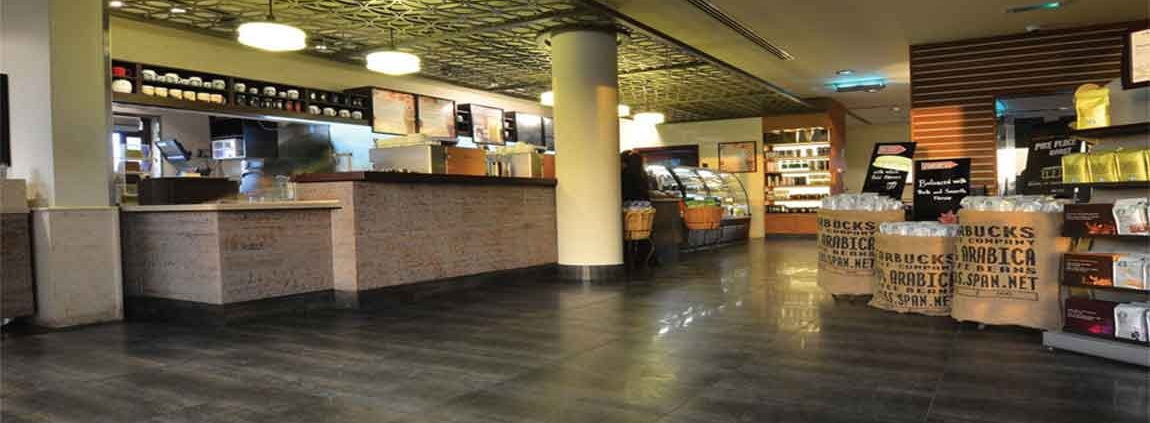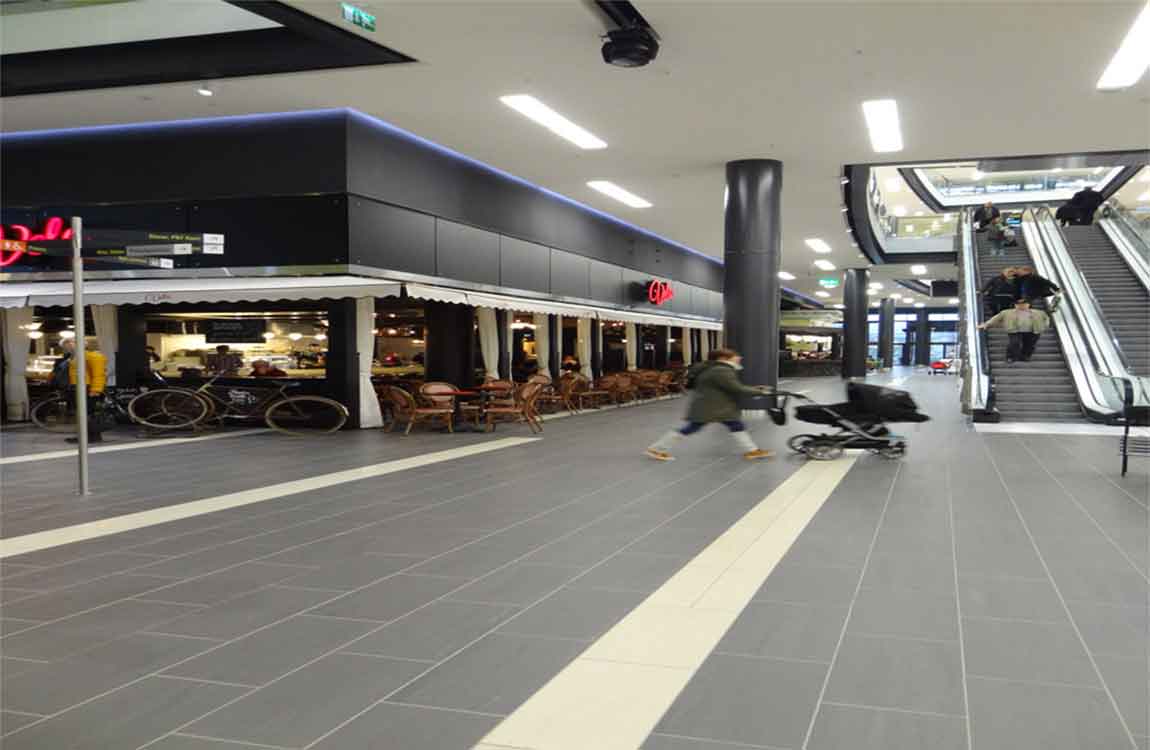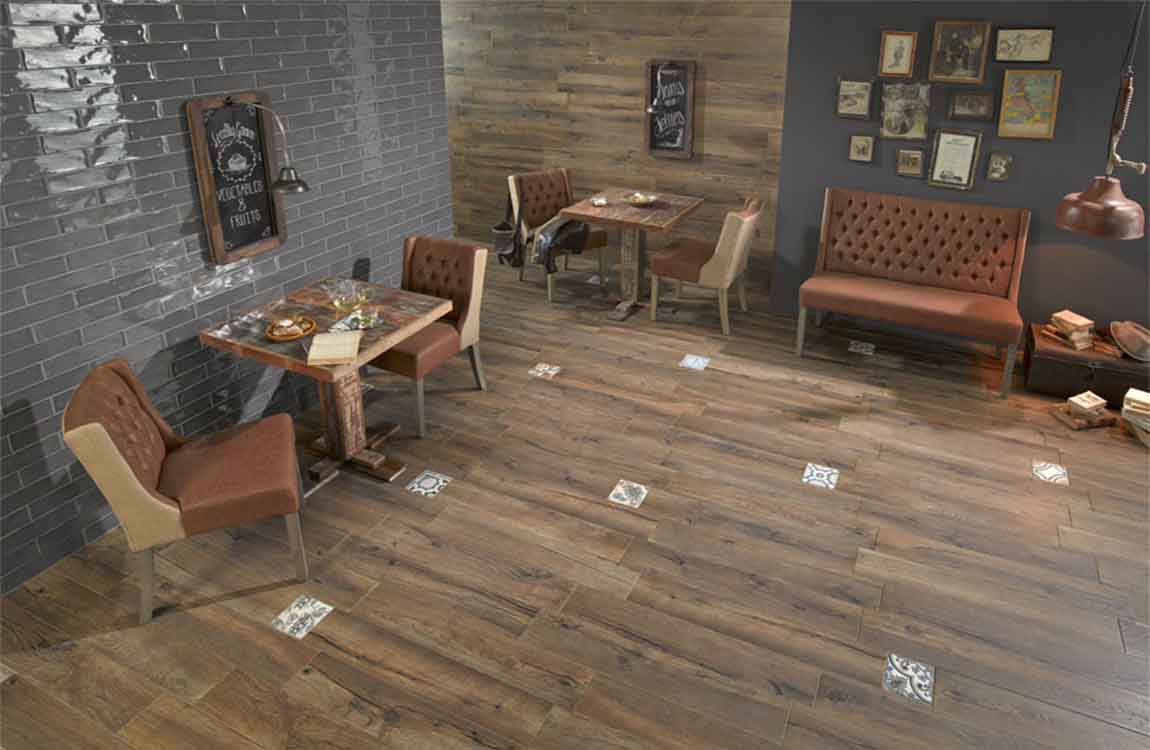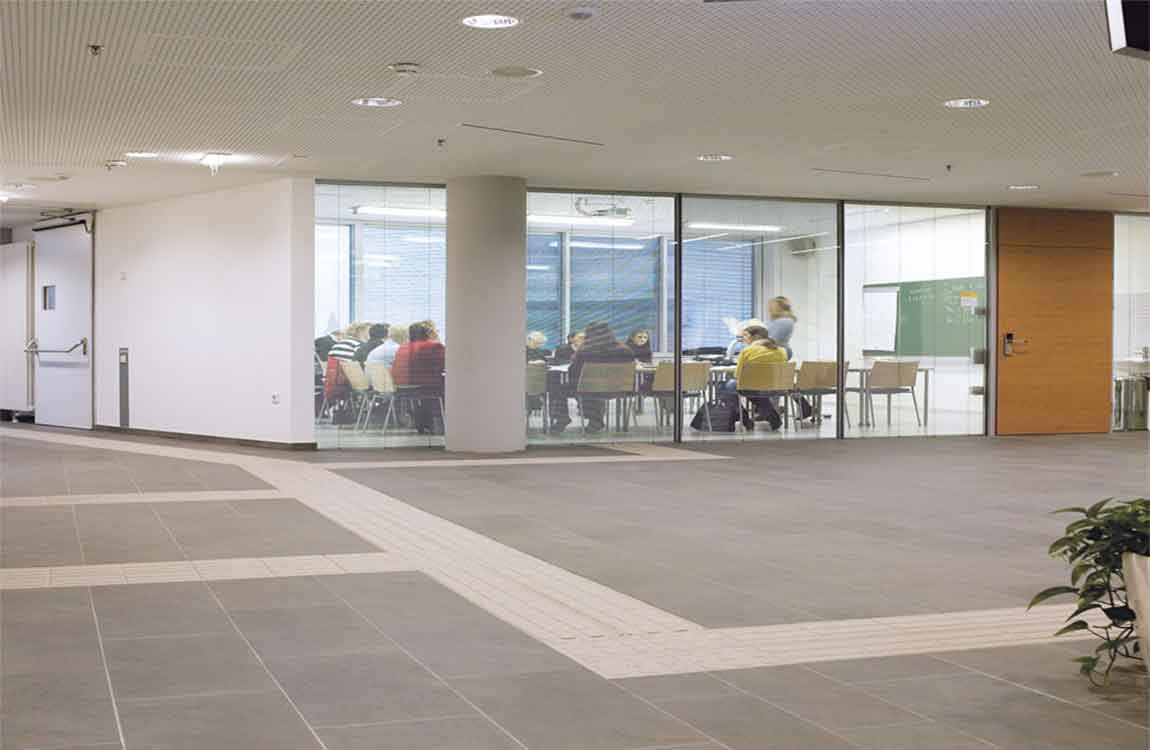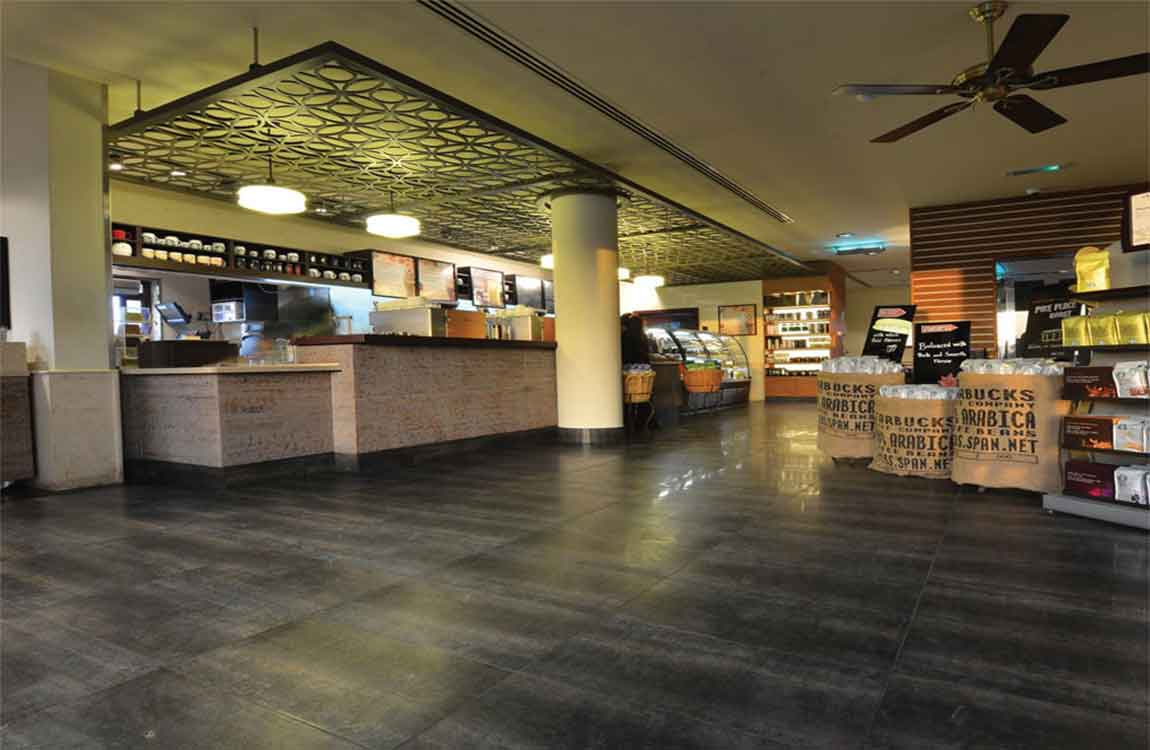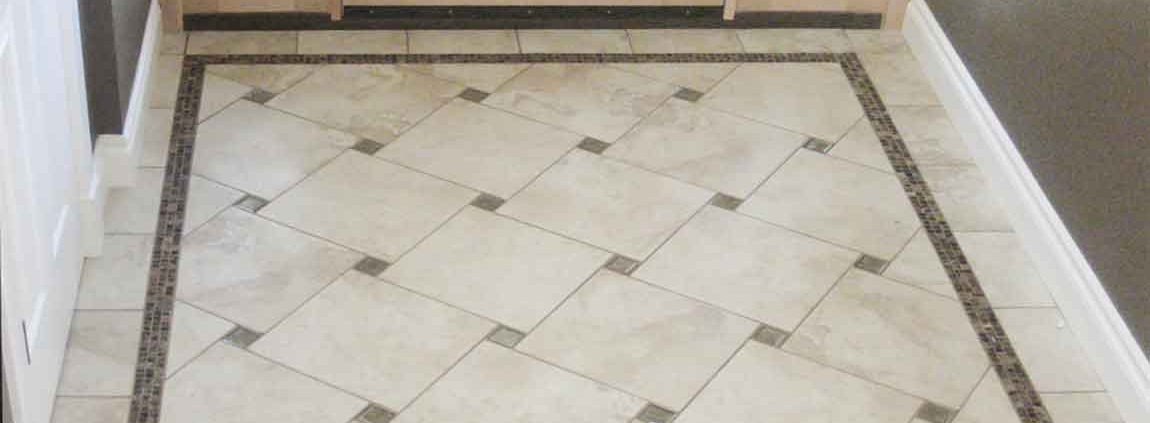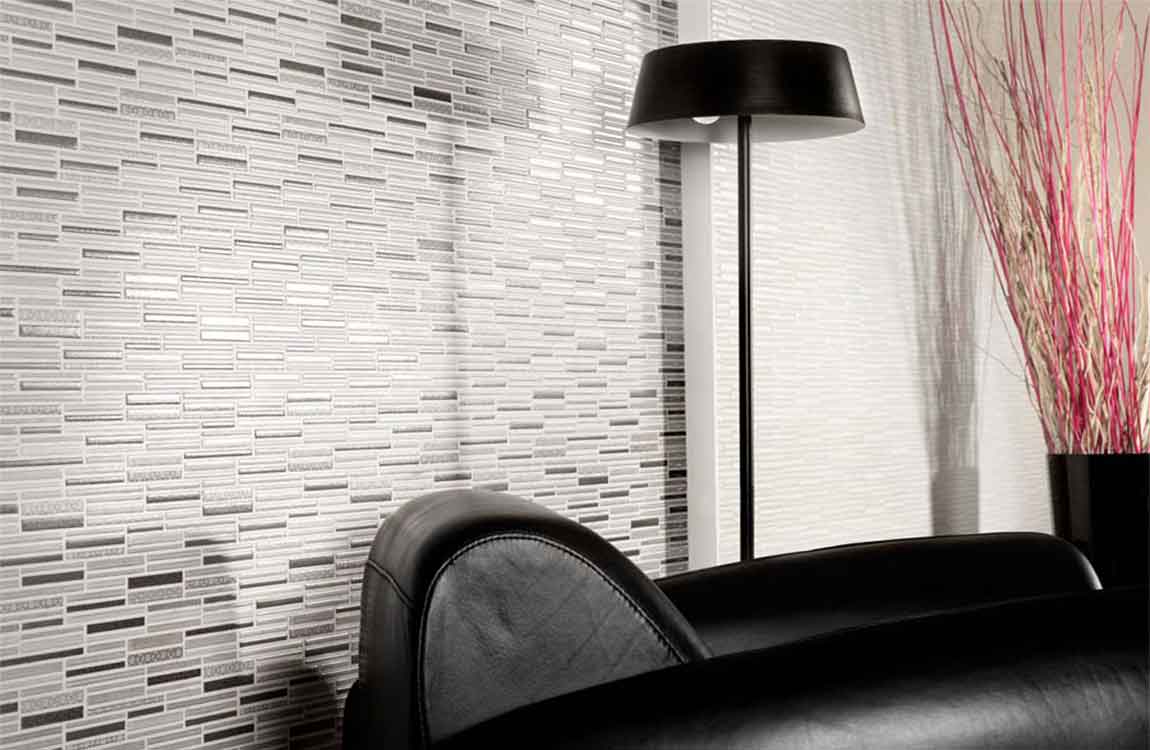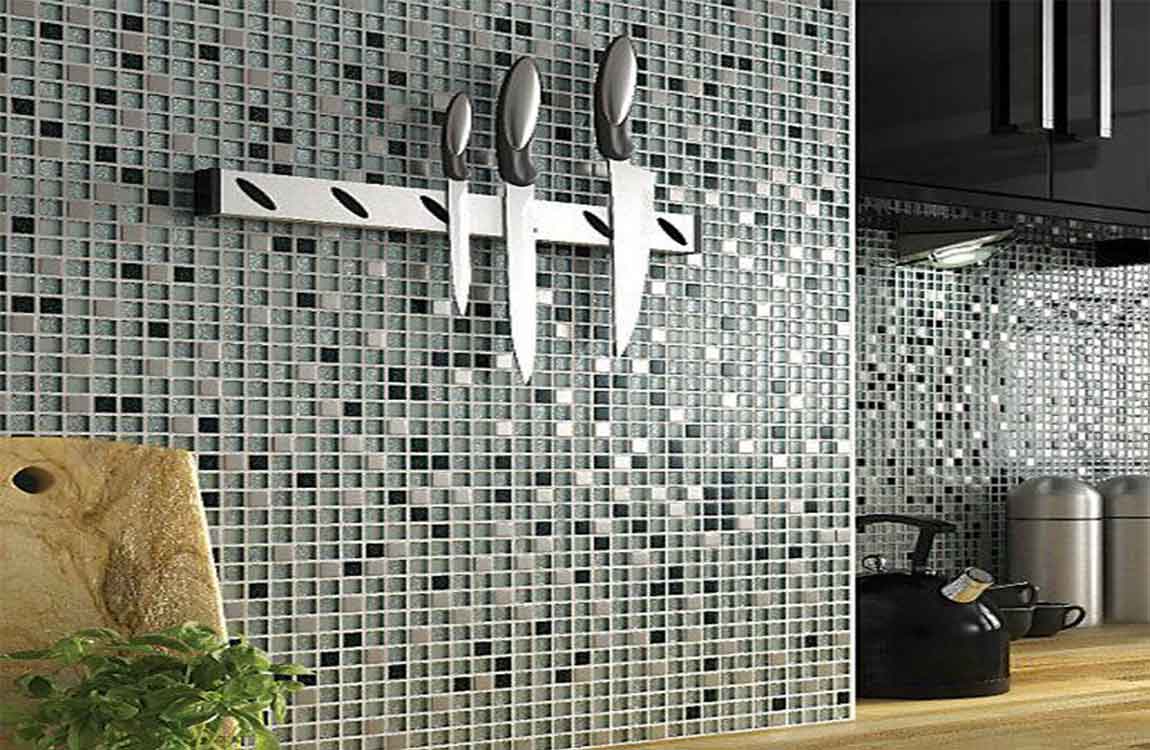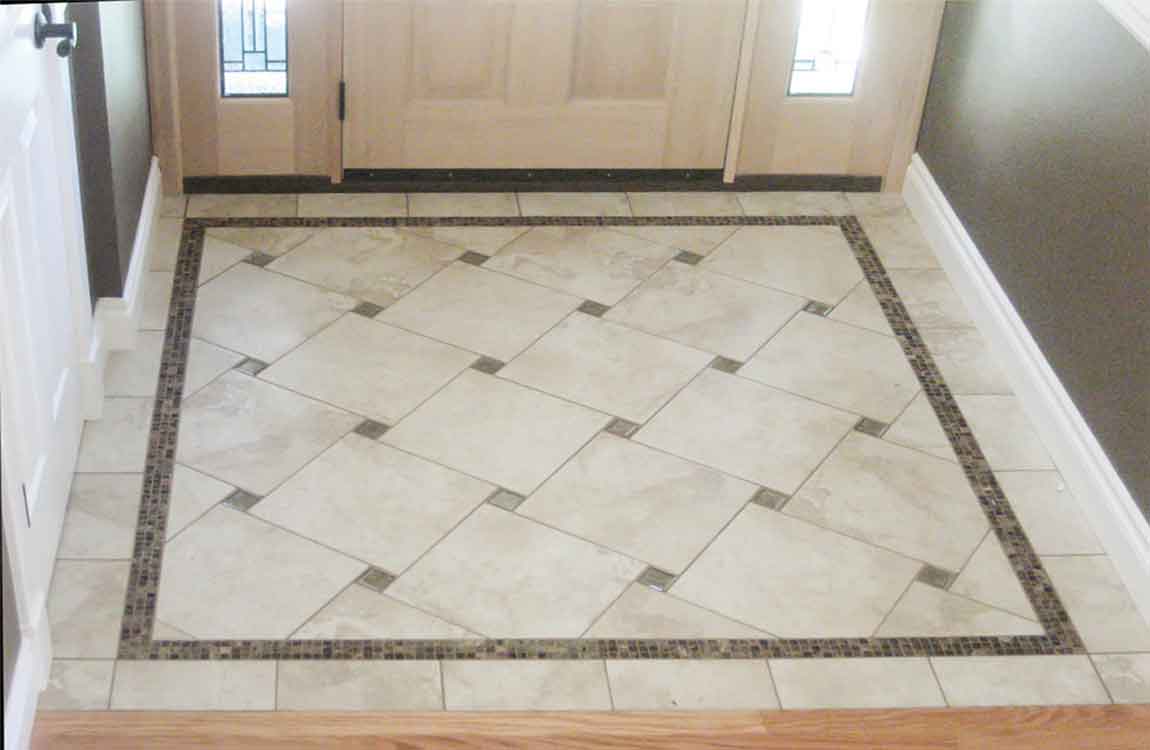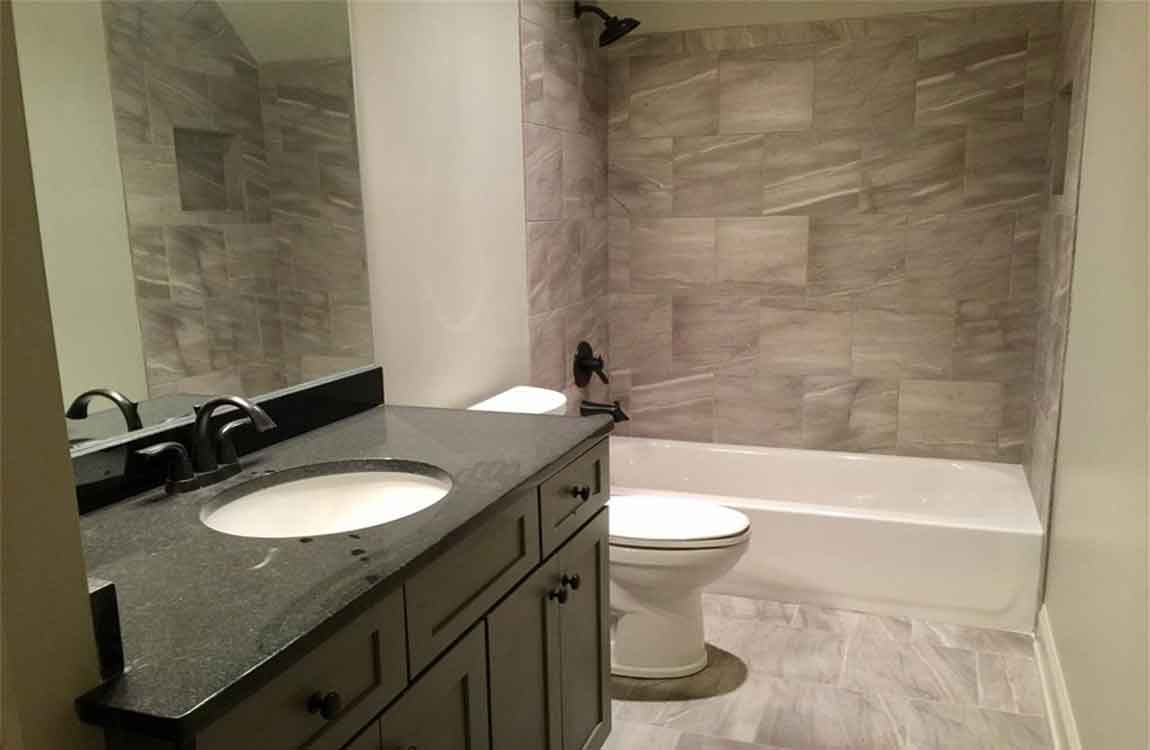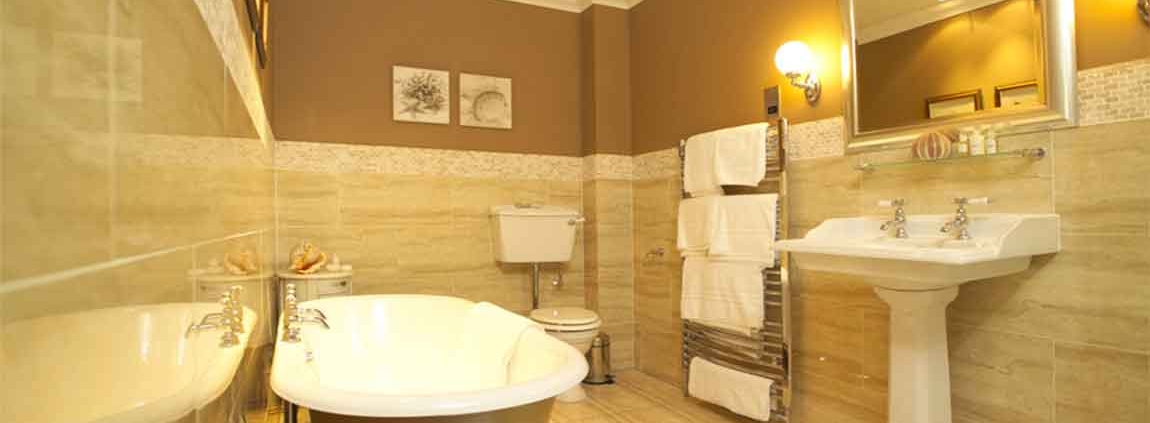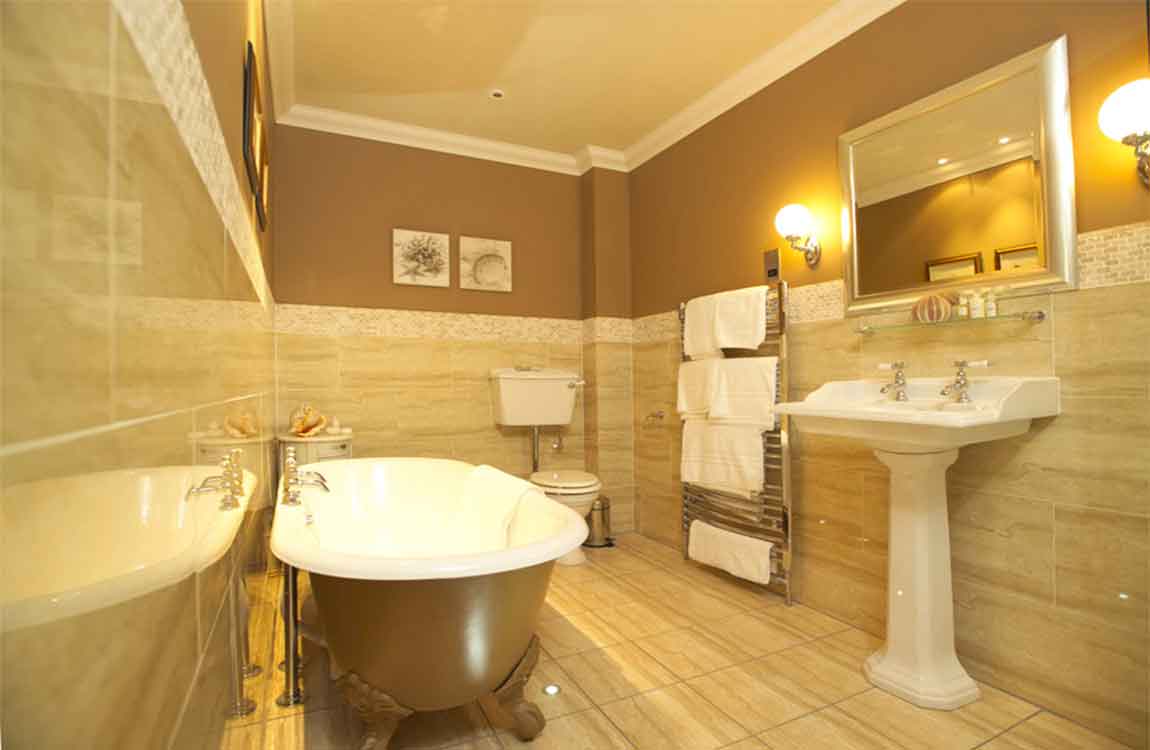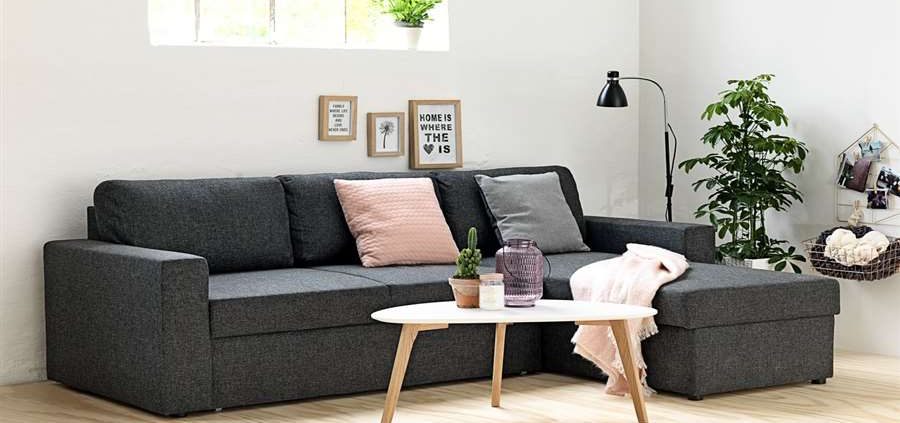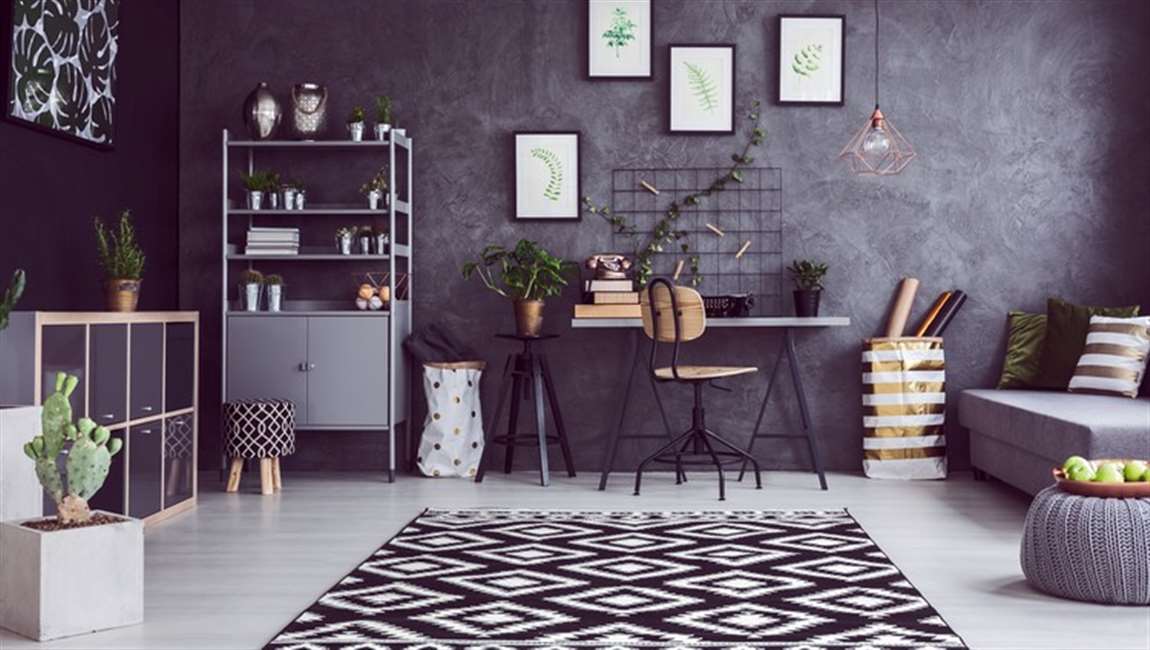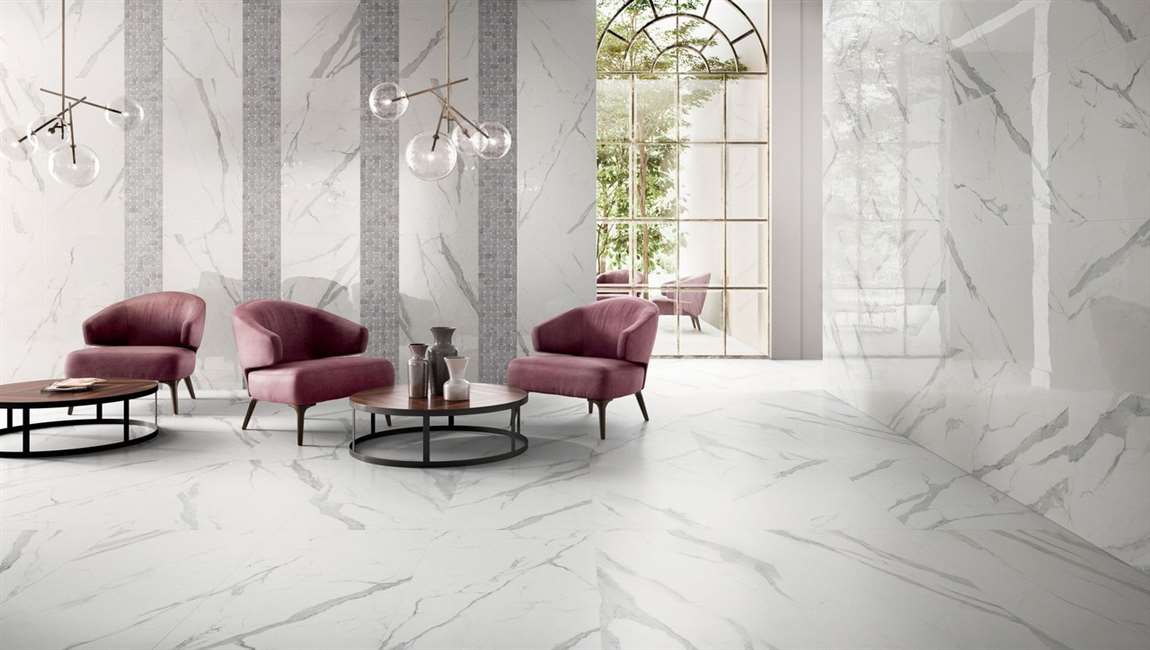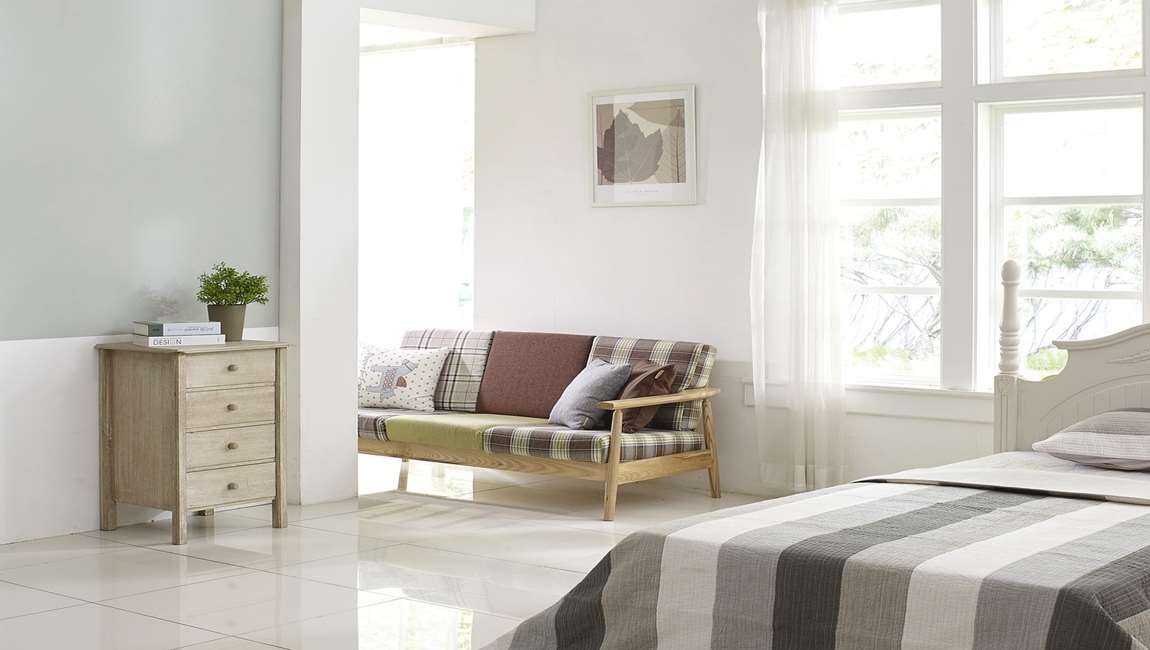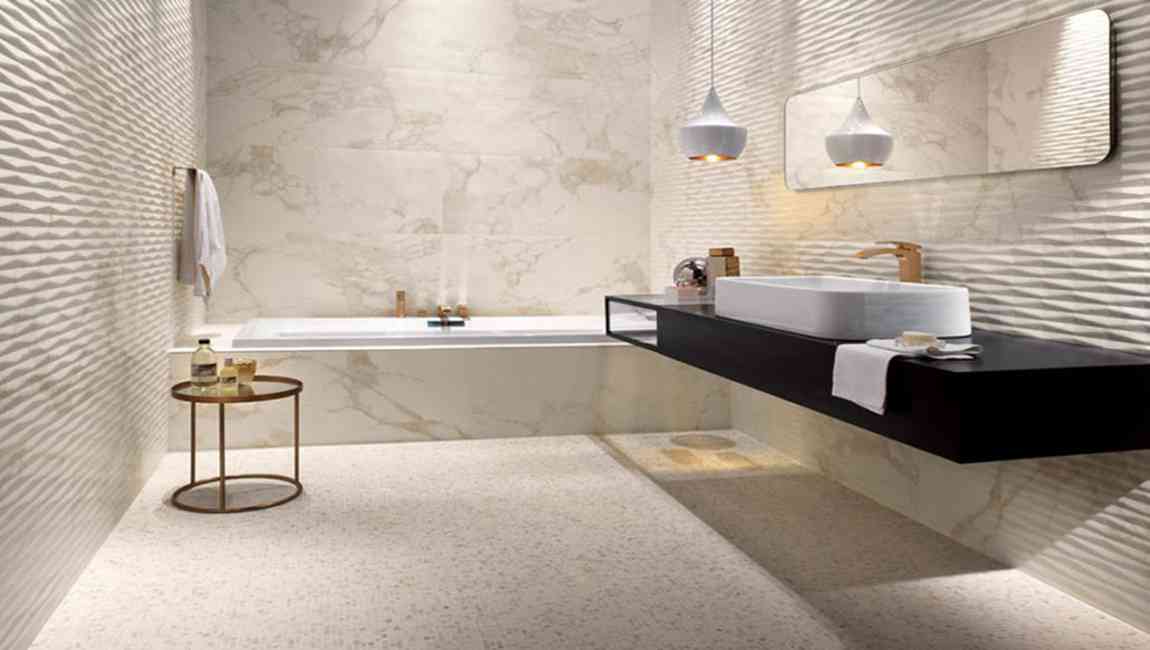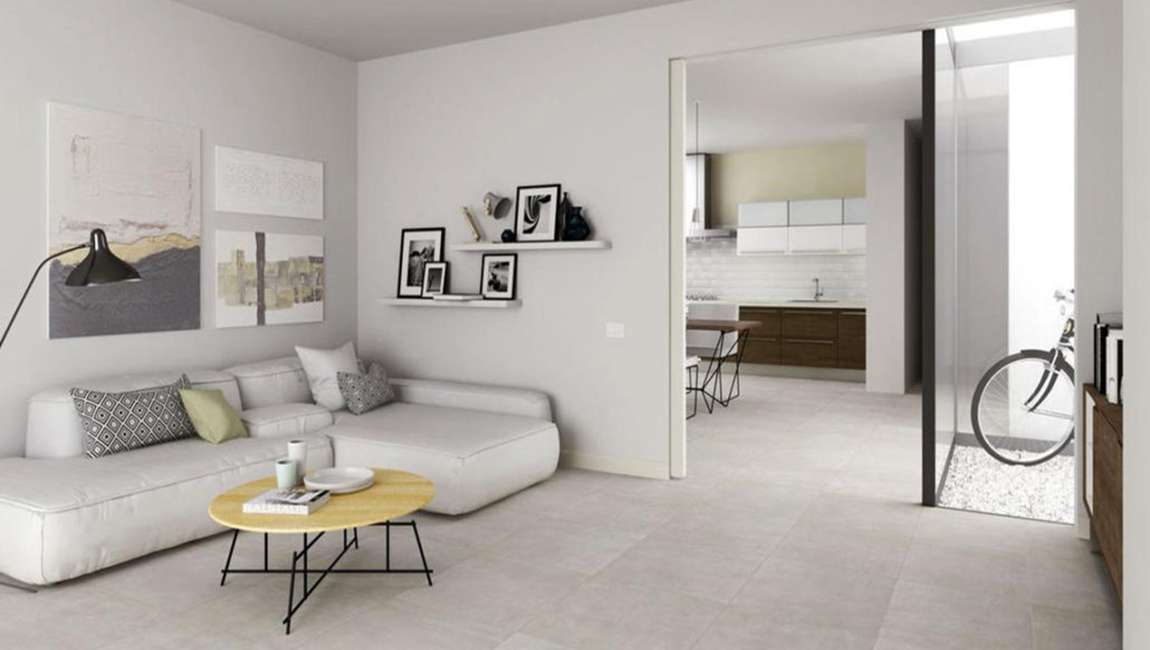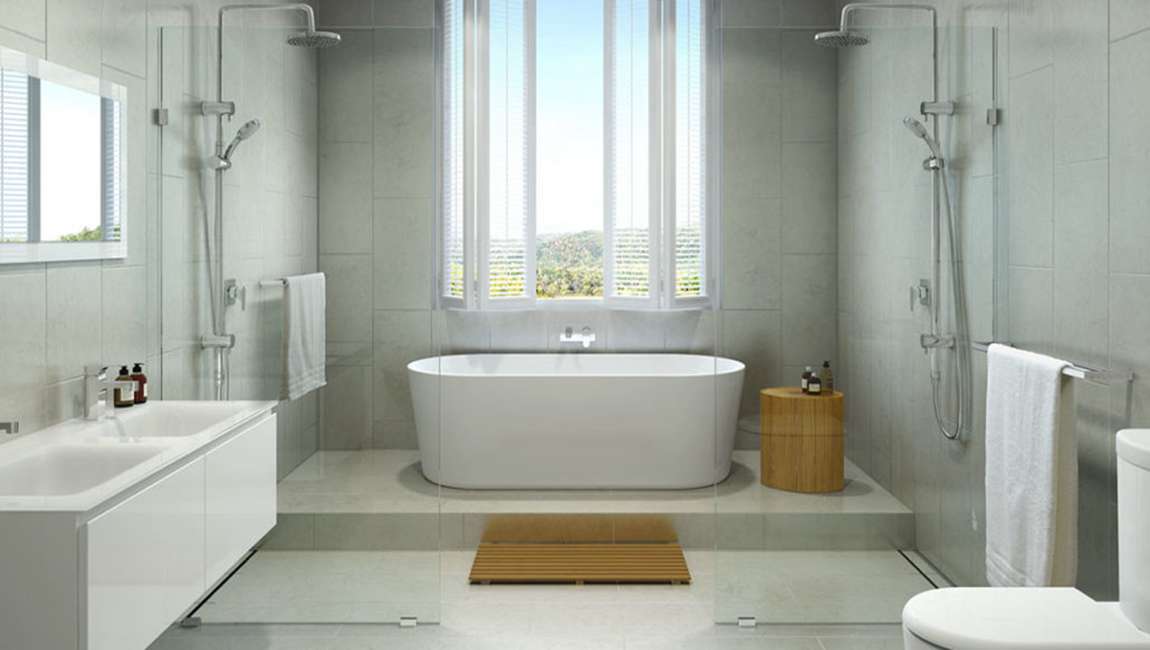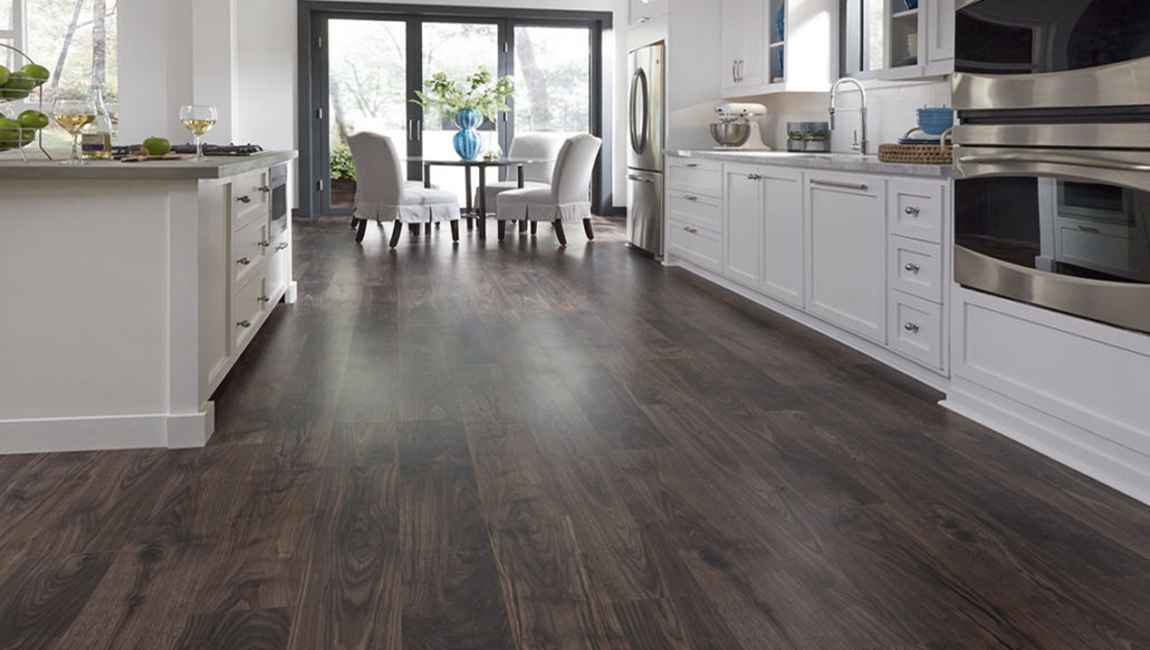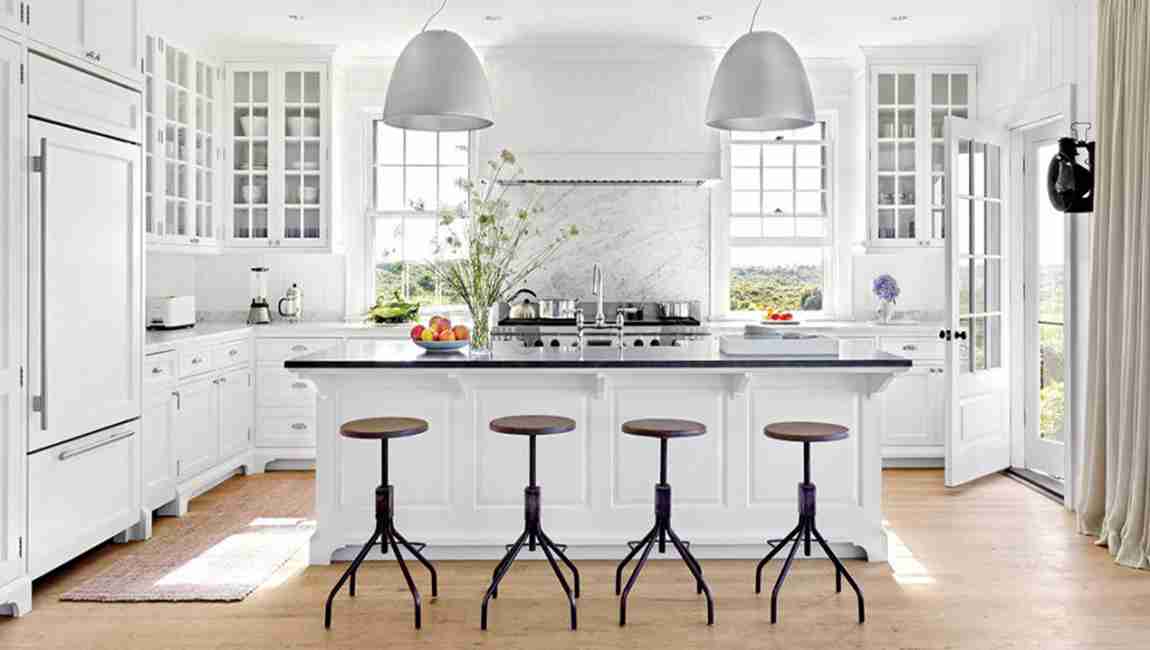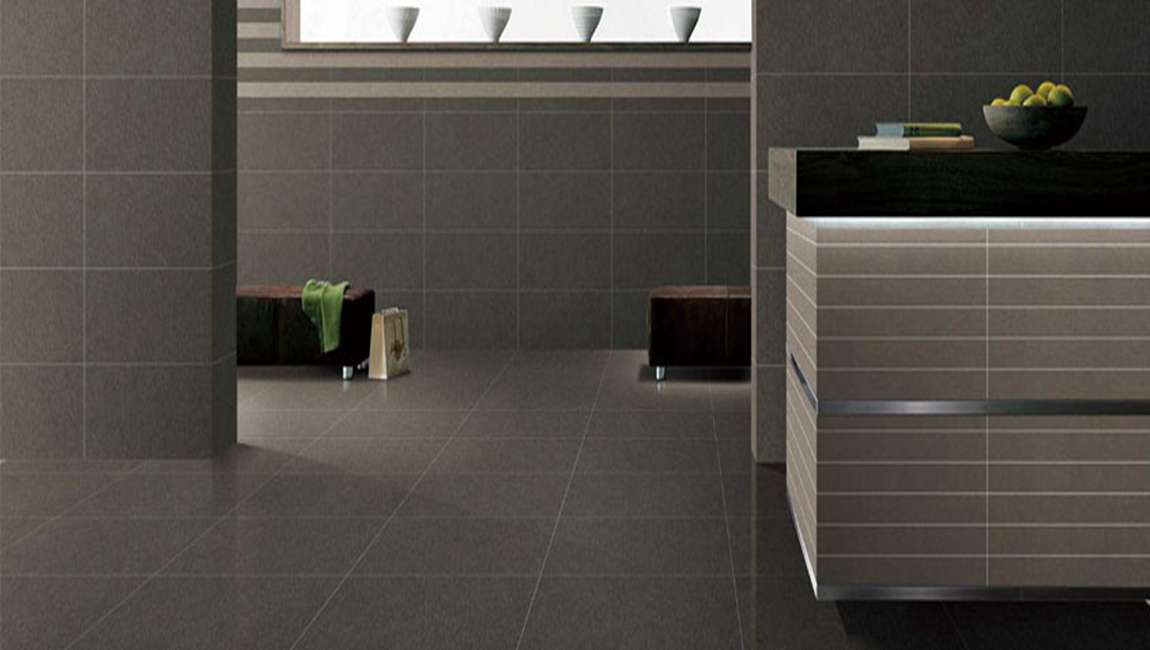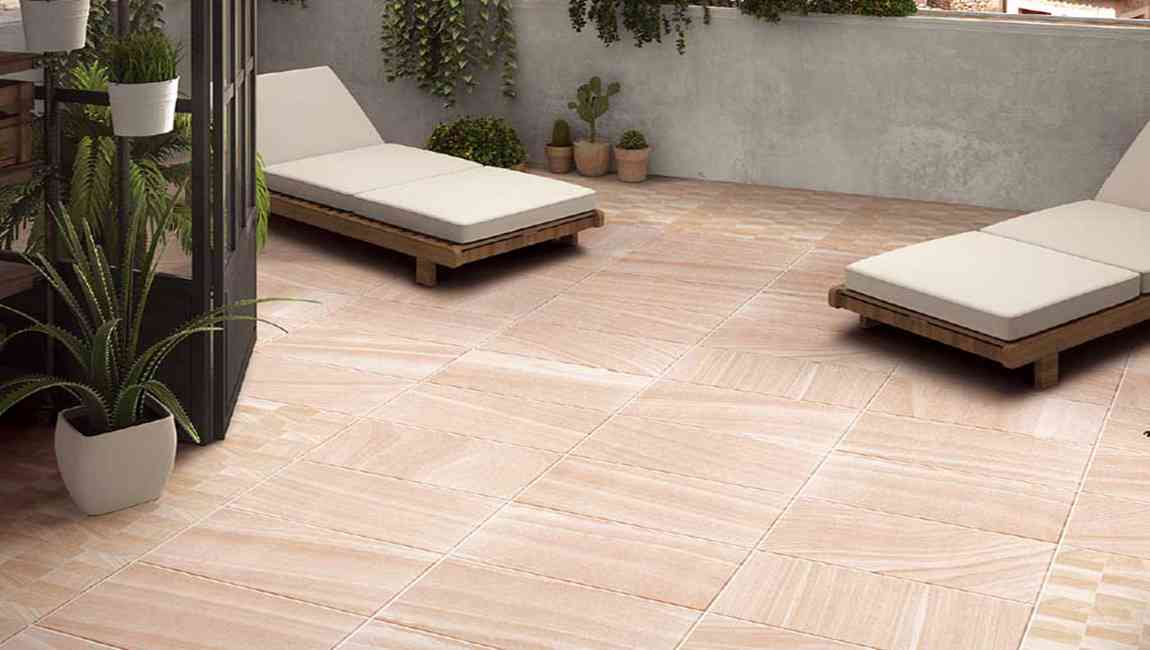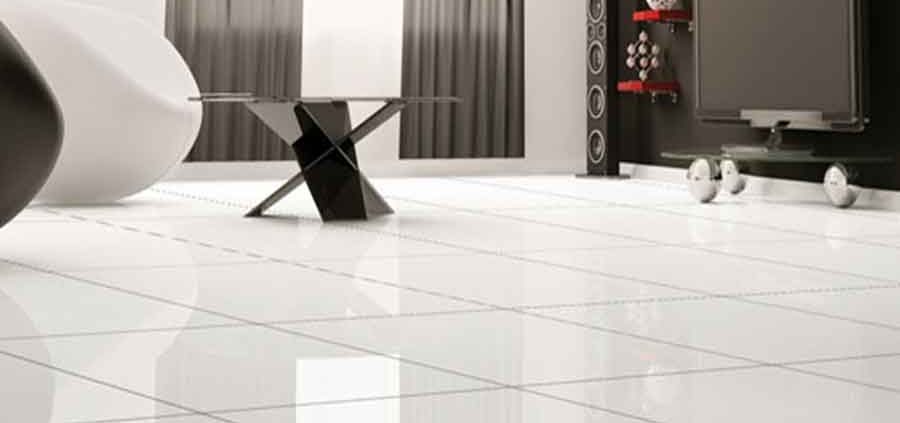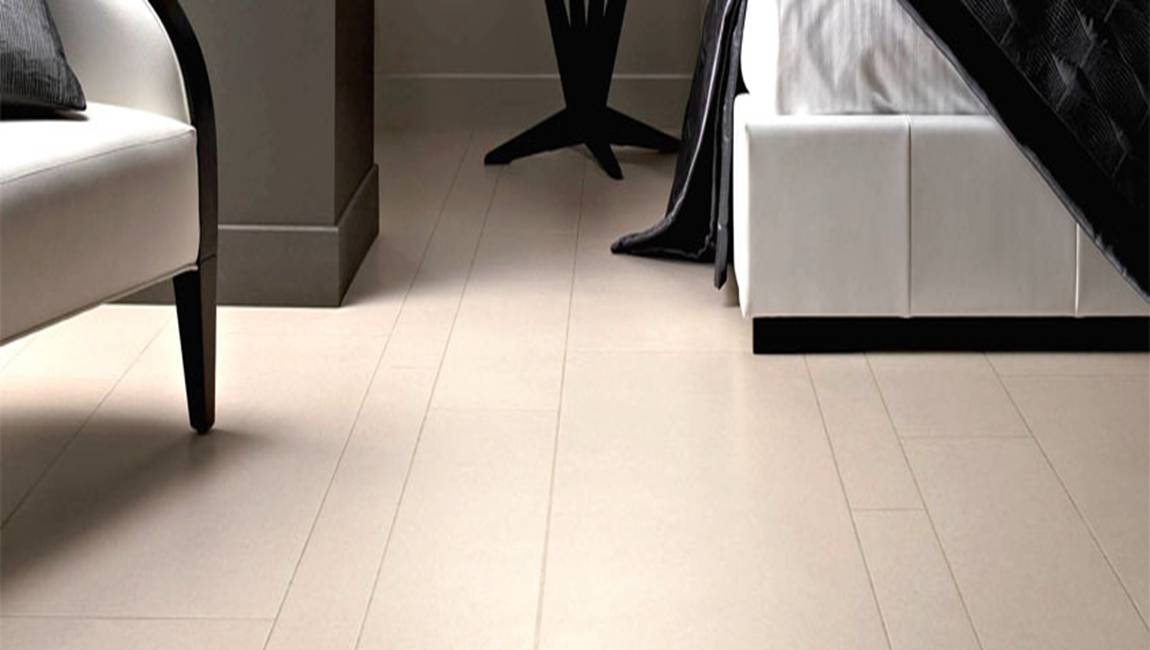How to Wash Marble Floors?
Marble is a somewhat soft and porous stone that needs to be cleaned with care. Due to the traffic they get, marble floors, especially, need extra care. There are, thankfully, several ways to safely clean marble floors. By using appropriate cleaning products and avoiding things that could damage your floor, you’ll be better prepared to wash marble floors.
Mop the floor again with clean water. After you’ve mopped your floor with a detergent solution, you should mop it again with cool clean water. By mopping it again, you’ll help pick up any dirt or debris that remains on the floor. In addition, you’ll remove any suds that remain on the floor.
Change your water frequently. When mopping your floors, you need to make sure you change the cleaning solution or water often. If you don’t, your floor might become streaky or could be scratched by debris in the mopping water. If your water appears brown or you see it full of dirt, dump it. Refill it with new water (and soap, if you want).
Use a soft towel to dry the floor. Since marble is relatively porous, it’s important to sop up as much of your cleaning solution or water as you possibly can. If you don’t, the solution could leech into the marble and discolor it. Switch out wet and dirty towels as needed.
Sweep and mop your floors regularly. Regularly removing dirt and debris from your marble floors will help prevent future scratching and scuffing. How often you clean your floors will depend on how frequently they get dirty. Aim to remove debris as you notice it. For example, you have children or pets that easily track in dirt, you may need to sweep your floor a few times a week as opposed to once a week.

